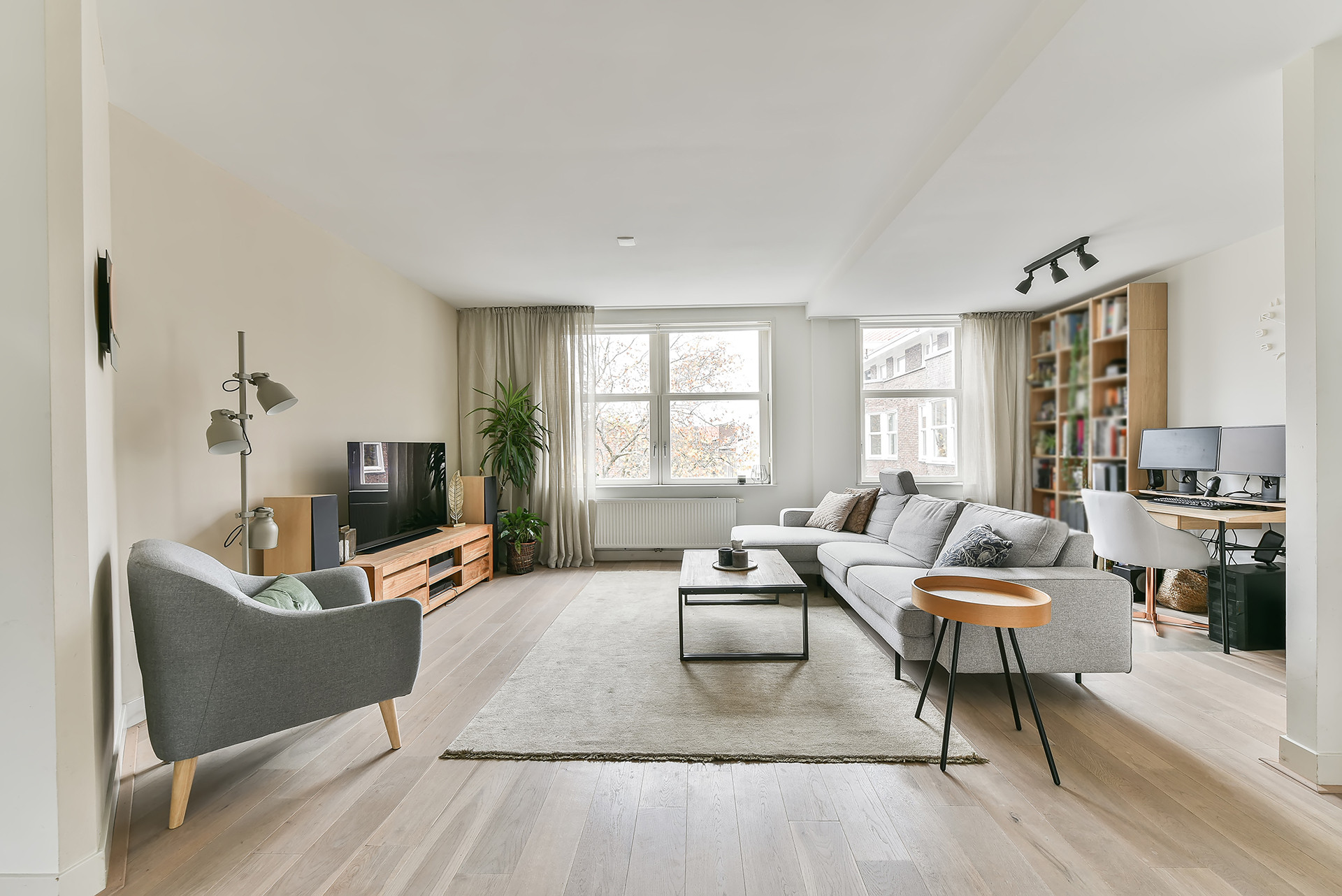Property prices are still going up
The Central Bank of Cyprus (CBC) has released data showing that house prices in Cyprus continued to increase in the second quarter of 2024. Throughout this time, the CBC's General House Price Index (HPI), which monitors houses and apartment prices, continued increasing year-on-year.
In comparison to the first quarter of 2024, house prices had an 8% increase in the second quarter, up from a 7.8% rise in the first quarter. Apartment prices had a sharper increase, rising by 12%, while house prices grew by 6.2%.
Although its growth rate has started to slow down on a quarterly and annual basis, the Apartment Price Index still shows a greater percentage of increase than the House Price Index despite its strong growth.
There are signs that the real estate industry might be slowing down. This is demonstrated by both an increase in the number of available properties for sale and rent and a decrease in the quantity of sales documents, especially in residential transactions. It is believed that the sector's potential for further growth is being constrained by the high mortgage rates for home purchases and the relatively small decreases in the costs of construction materials, which are still high.
Regional price changes
When analysing pricing changes by area, Limassol and Paphos experienced significant increases in the second quarter of 2024, increasing 1.8% and 3.5%, respectively. On the other hand, Larnaca and Famagusta grew more slowly, increasing by 2% and 1.2%, respectively. Nicosia's growth rate did not alter.
With increases in prices of 9.5% and 12.1%, respectively, Limassol and Paphos maintained their dominant spots every year. At 2.4%, 9.9%, and 10.9%, respectively, Nicosia, Larnaca, and Famagusta had declines in growth rates.
Looking specifically at house prices, Limassol, Larnaca, and Paphos had faster increases during the second quarter, with rises of 3.3%, 2.1%, and 3.7%, respectively. However, house prices in Nicosia and Famagusta had slower growth, at -0.5% and 0.8%. On an annual basis, house price growth was also stronger in Limassol, Larnaca, and Paphos, with increases of 7.7%, 7%, and 10.1%, respectively. In Nicosia and Famagusta, growth rates decreased to 1.3% and 9.4%, respectively.
Demand and supply trends
According to data from the Department of Cadastre and Land Surveying (LLD), the overall number of sales documents for the second quarter of 2024 decreased year over year, indicating a reduction in real estate demand. Foreign buyers reported fewer transactions, but domestic buyers increased their purchases. There were clear regional differences, with sales declining in Limassol, Paphos, and Famagusta and sharply increasing in Nicosia and Larnaca.
On the supply side, statistics from approved building permits suggest that the market is preparing for an influx of new properties. This could be supported by a further decrease in construction material prices. The Land Registry’s comparative data show that Limassol recorded the highest volume of property transactions in the second quarter, while Nicosia saw the highest number of apartment sales.
 home
home